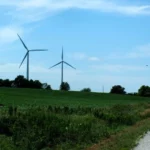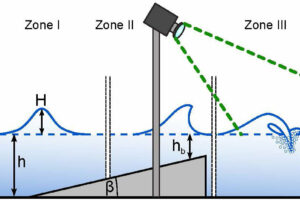The federal Environmental Protection Agency says West Virginia isn’t accurately keeping track of how many of the state’s streams are polluted, and has added an additional 346 streams – totaling around 1,600 miles – to its impaired list.
Measuring water quality is required by the federal Clean Water Act to help determine how safe waterways are for aquatic life, swimming, recreation and consumption.
In a recent webinar, John Wirts, a retired biologist with the West Virginia Department of Environmental Protection’s Watershed Assessment Program, said the classification opens doors to resources for cleanup.
“And there’s a lot of advantages to being called impaired. You’re more eligible to receive money to restore streams,” he said. “Some people might think it’s bad to be called impaired but there’s lots of benefits to, to being deemed impaired, just opens up lots of opportunity for us to fix those problems.”
Waterways identified include segments of the Tug Fork, Elk River, Little Kanawha River and North and South Fork branches of the Potomac Rivers, among others.
Wirts noted that the outdated methods the state has been using, including the percentile of reference sites to set the impairment threshold, are part of the issue.
“Many states use a much higher percentile, but both DEP and EPA felt it was appropriate for West Virginia to use a low-end threshold because of the quality of our reference sites,” he said. “We do have more minimally impacted streams than most surrounding states.”
According to the Pew Charitable Trusts, drinking water from clean, healthy rivers and streams requires less filtration than water from polluted sources, and provides a critical home for wildlife and biodiversity.
Source : publicnewsservice.org











Add Comment